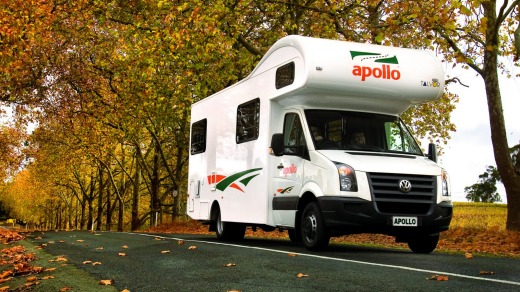RVs, Caravans & Campervans: The Differences
- Written by Editor on duty

If you are just starting out as a roadtrip adventurer and have been doing your research, you have most likely come across the different terms that are used to describe travelling rigs. The main terms are: RVs, Caravans, and campervans. This can get confusing, especially since most articles don’t define or differentiate the terms. Fortunately, it is easy to discern between the three once you know the characteristics and definitions. Plus, once you understand how they differ you can make the choice of which one will work best for you when you head to the caravan sales location near you to choose the vehicle for your journey.
The first thing you need to realize is that there are indeed distinct differences between RVs, Caravans, and Campervans. These differences range from regional dialect to actual differences in rig setup and size. In order to give you the full picture, below you can find the definitions of each rig.
The Recreational Vehicle (RV)
This is a term used in America to define any type of vehicle that can be used as a temporary home during travel. As an umbrella term, this means any size or makeup of rig, from massive, multi-bed vehicles to simple single-bed smaller rigs. Therefore, if you are reading an American source you can assume that the term “RV” applies to any type or style of travelling vehicle.
The Campervan
A campervan is a self-contained travelling home that is smaller in size than one of your major rigs. This is essentially a van with a sleeping compartment and other minor amenities, fit for single or, at most, two-person occupancy. There is no divide between the driver’s cab and the living quarters, and the amenities include basic aspects such as a hotplate, sink, and sleeping cot. Although the campervan may have less bells and whistles than a larger rig, these are generally easier to operate and park.
The Caravan
A caravan is an unpowered vehicle that is towed behind a powered vehicle, which is essentially pulling a trailer or motorhome behind your main car. Inside the caravan will be sleeping quarters, cooking and washing stations, and possibly many other amenities depending on the size and style of the caravan. This style of travel allows individuals to carry their home with them, hitching up at campgrounds along the way and living in the mobile home for their stay. The main benefit of the caravan is comfort, while the drawback would be sometimes unwieldy driving and parking conditions.
Now that you know the definitions, you can be sure when doing your research what type of vehicle is being referred to. If you’re reading an American publication, you can assume that an RV can refer to any type of travelling motor home. If you come across a campervan, you know that this refers to a smaller rig where the living quarters are attached to the main driving compartment. And when you read about a caravan, you know that this is an unpowered mobile home that is towed behind a powered vehicle.


